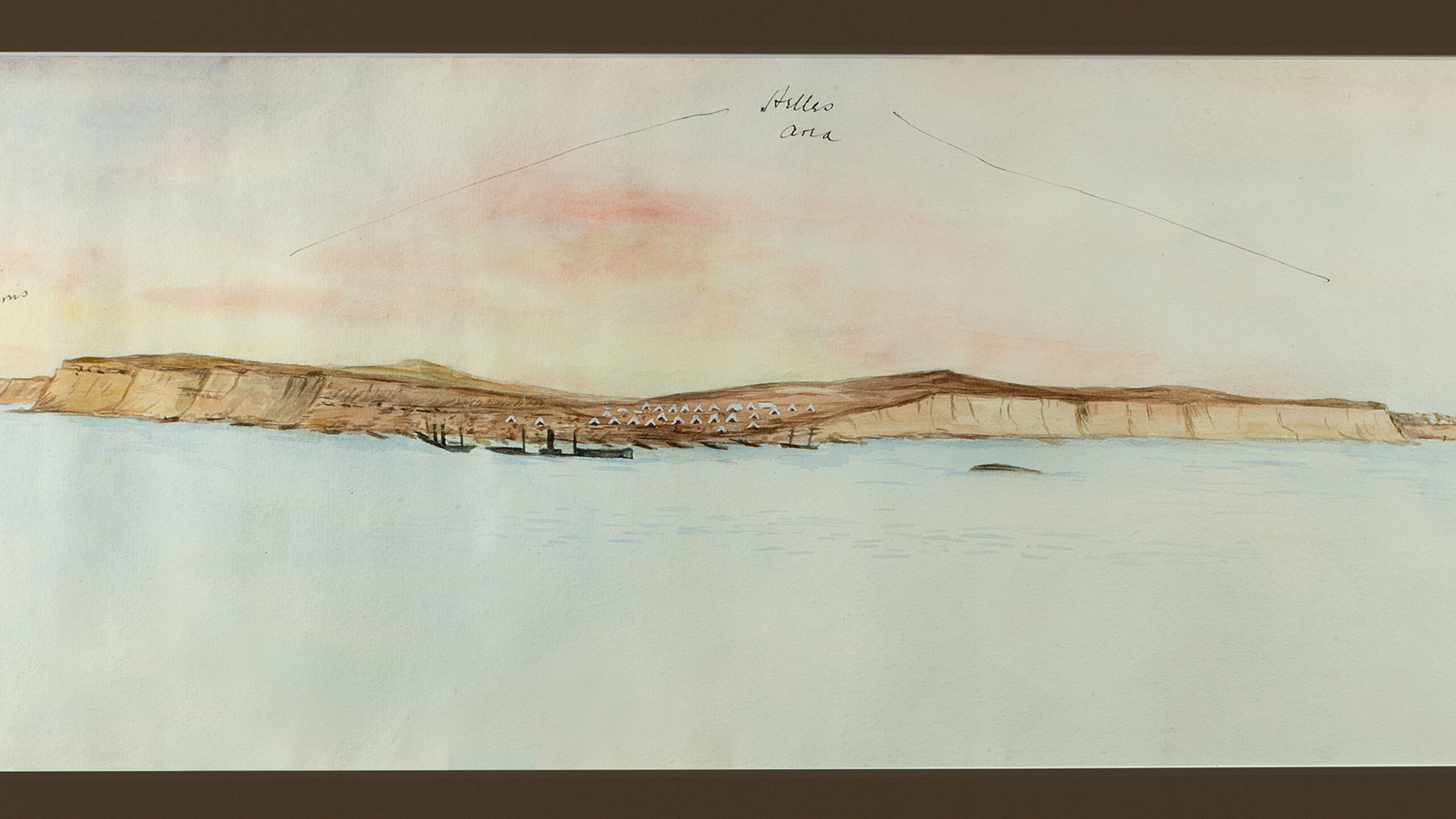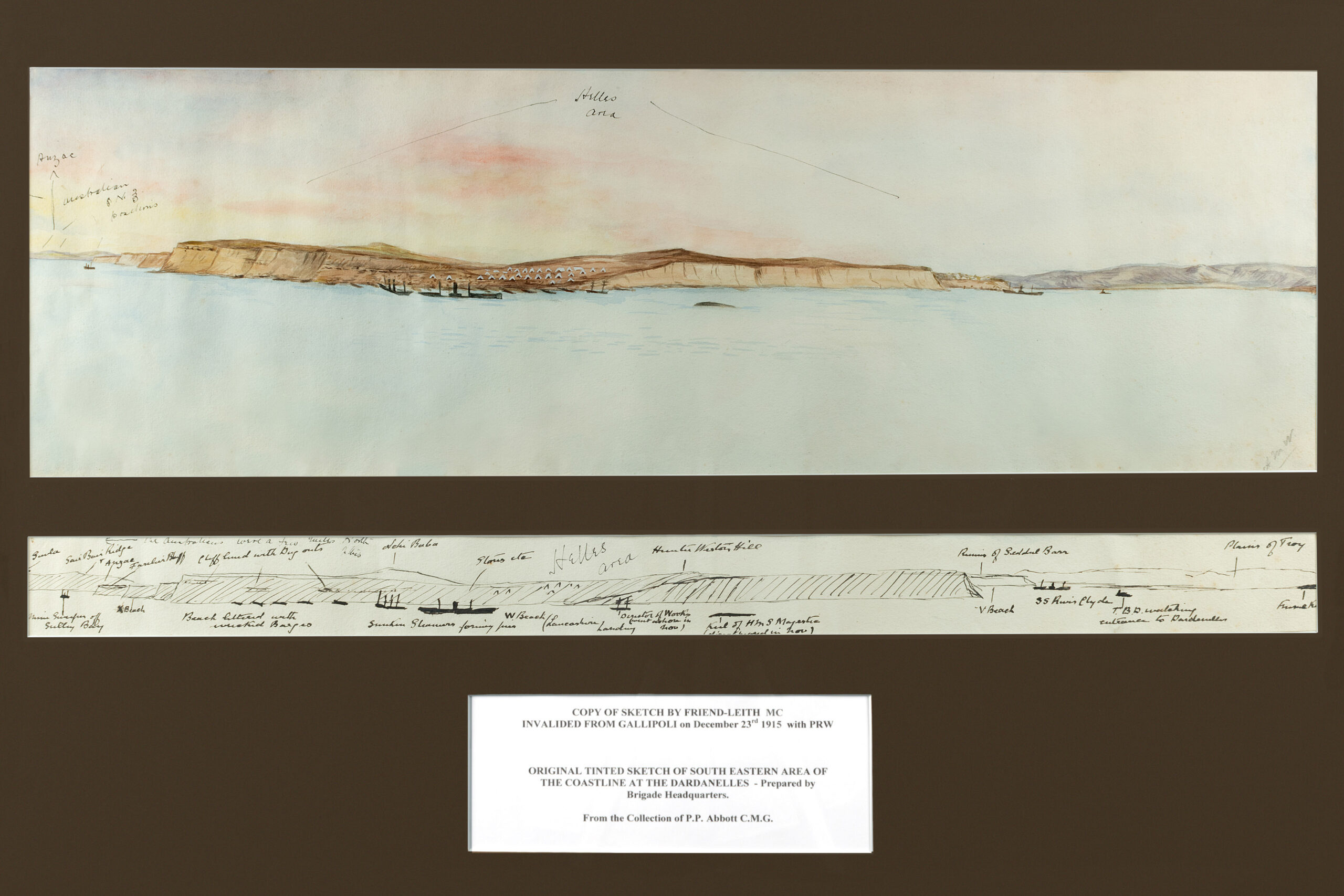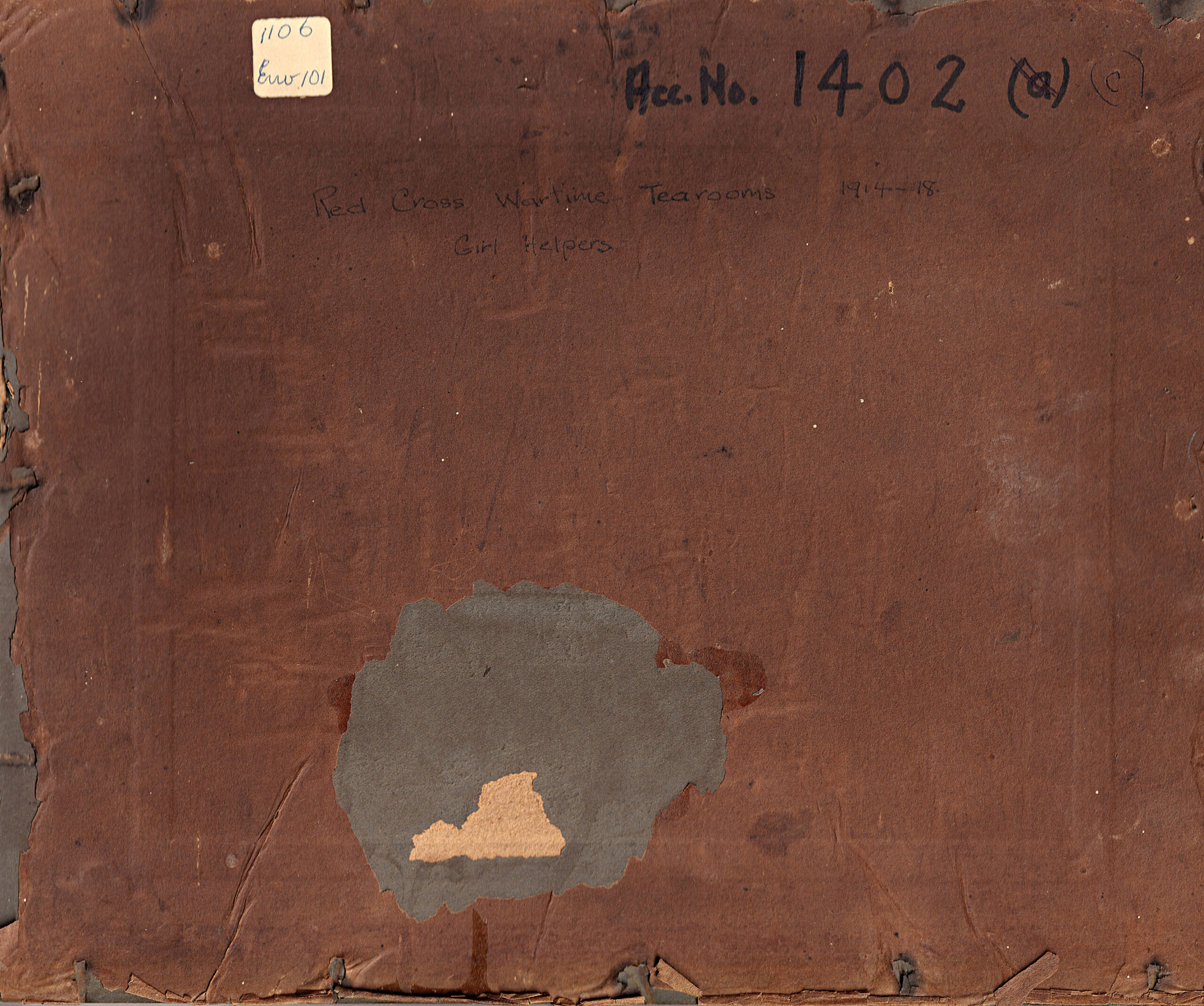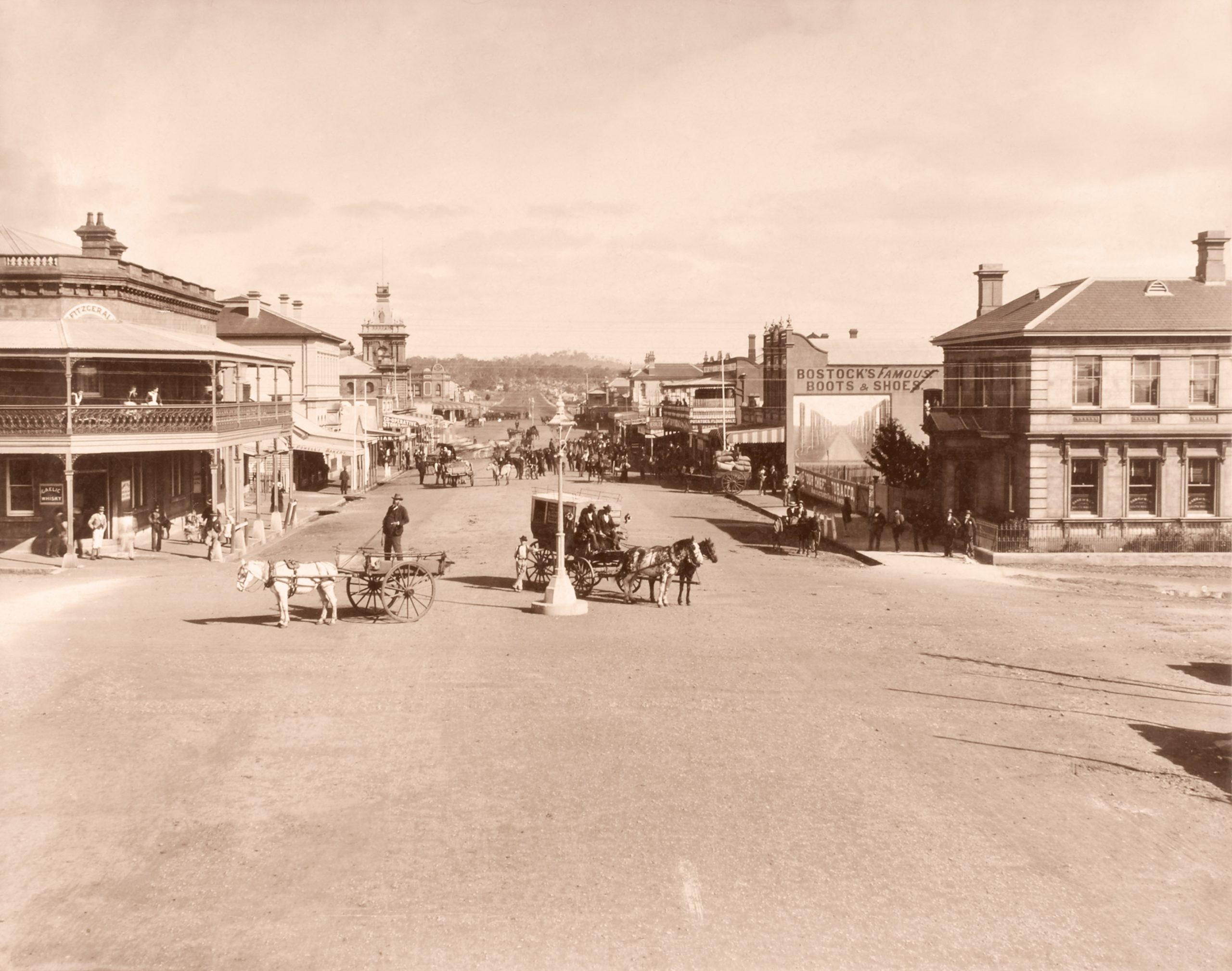Sketching a Bloody Coastline
Evacuating Troops from Gallipoli
Wounded at the end of the bloody campaign at Gallipoli, Lieutenant Leith MC was evacuated to a hospital ship. Anchored offshore at Cape Helles, Leith sketched his view. What he recorded was not just the landscape but the final weeks of the failed allied campaign at Gallipoli to crush Germany’s ally, the Ottoman Empire.
Near the top of his sketch, Leith drew an arrow pointing left to the ‘Australians [who] were a few miles North.’ On 25 April 1915, as part of the allied invasion, Australian and New Zealand troops landed at Ari Burnu, later known as ANZAC Cove. But when Leith was invalided on 23 December 1915, all 36,000 remaining Australian and New Zealand troops at Gallipoli had been evacuated in a well-planned withdrawal over five nights. It was in sharp contrast to the shambolic and deadly campaign of the previous eight months.
In Leith’s sketch, the ‘cliff is lined with dug outs’ and the ‘beach littered with wrecked barges.’ What he didn’t sketch are the thousands of graves that were hastily dug into the hills, only some marked with packing wood crosses and inscribed with names. More than 130,000 men died during the Gallipoli campaign: 44,000 allied soldiers (including more than 8,700 Australians) and at least 87,000 Ottoman soldiers desperately defending their homeland.
Sitting on the hospital ship, Leith faced directly at W Beach where British troops landed during the Gallipoli campaign. His pencil may have hesitated as he labelled Hunter-Weston Hill above the beach, named after the British Commander, Major General Aylmer Hunter-Weston. He was responsible for mismanaging the landing of British troops on V and W beaches, turning the landings into bloodbaths.
Offshore from W beach, Leith recorded the ‘Keel of HMS Majestic’ jutting from the Aegean Sea. It had been torpedoed about seven months before – one of five battleships to be sunk during the Gallipoli campaign.
On the right in his sketch, he sketched the S.S. River Clyde which was likely preparing to evacuate troops from Helles. Just a few weeks after Leith sketched the view, the last of the British and French troops were evacuated on 9 January 1916.
The evacuation marked the end of the Gallipoli campaign. It also marked the beginning of the ANZAC story.






